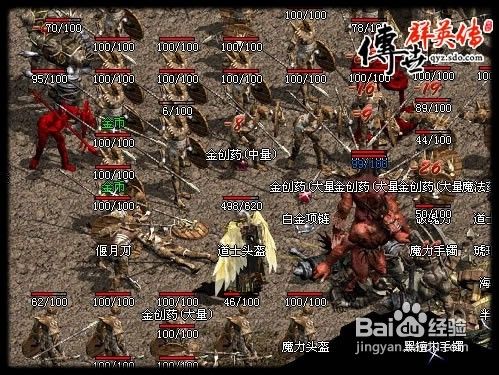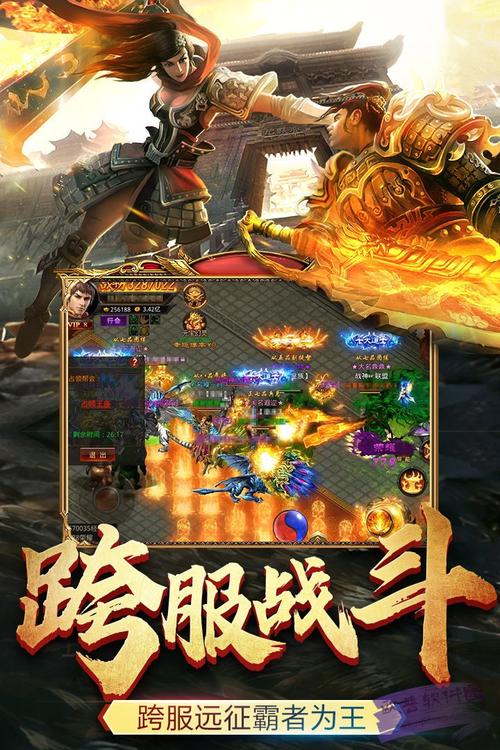专注于新开1.76复古传奇私服发布网站
三个四开服网
- admin 2024年9月10日0
176复古: Exploring the Charm of Vintage Aesthetics in Modern Fashion
Understanding the Essence of 176复古 in Fashion
176复古, or 176 Vintage, represents a unique blend of nostalgia and modernity in the fashion industry. As consumers increasingly seek to express their individuality, vintage styles have surged in popularity. This trend draws from various eras, particularly those characterized by bold colors, intricate patterns, and classic silhouettes. In the context of today’s fashion landscape, 176复古 is more than just a style; it’s a cultural movement celebrating the artistry and craftsmanship of yesteryear. The vintage aesthetic allows individuals to break free from the monotony of contemporary designs, offering them a chance to embrace history in a sustainably conscious manner. With thrift shops and vintage boutiques gaining traction, the revival of 176复古 is not merely a phase, but a significant transformation within the fashion realm. This phenomenon highlights how fashion can serve as a bridge between the past and present, allowing individuals to curate their own stories through clothing choices.
Moreover, the allure of 176复古 extends beyond mere apparel; it encompasses accessories, home decor, and even lifestyle choices. Fashion enthusiasts often mix and match vintage pieces with modern attire, creating a distinctive look that speaks to their personal narrative. This blending not only showcases creativity but also encourages sustainable fashion practices by promoting the reuse of clothing. Additionally, many contemporary designers draw inspiration from vintage styles, incorporating elements of 176复古 into their collections. This fusion results in a fresh take on classic designs, allowing for a contemporary interpretation of timeless pieces. As a result, the reinvention of vintage fashion fosters a vibrant community where individuals can share their passion for style, creativity, and sustainability, thus positioning 176复古 as a pivotal trend in modern fashion culture.

The Impact of 176复古 on Sustainability and Consumer Choices
The rise of 176复古 is intrinsically linked to the growing awareness of sustainability in the fashion industry. As consumers become more environmentally conscious, the demand for vintage fashion continues to flourish. Unlike fast fashion, which often prioritizes quantity over quality, vintage clothing promotes the idea of longevity and durability in fashion choices. This shift in consumer behavior fosters a deeper appreciation for the history and craftsmanship behind each piece. Engaging with 176复古 allows individuals to adopt a more sustainable approach, reducing waste by valuing pre-loved items. Moreover, this trend encourages a circular economy, as vintage shops and online platforms provide accessible avenues for people to buy, sell, and trade clothing. By embracing the vintage aesthetic, consumers actively participate in a movement that values both style and sustainability, demonstrating that fashion can harmoniously connect with environmental responsibility.
Furthermore, the impact of 176复古 transcends personal style, influencing broader industry practices. As brands recognize the importance of sustainability, many are adopting ethical production methods and sourcing vintage materials for their new collections. This paradigm shift represents a significant turning point in the industry, where the allure of retro styles drives innovation while prioritizing ecological impact. In this landscape, consumers are empowered to make informed choices, championing brands that align with their values. As the relationship between fashion and sustainability strengthens, 176复古 will likely continue to shape the future of the industry, inspiring fresh perspectives and renewed respect for fashion history.

Q: What is 176复古 and why is it currently trending in fashion? A: 176复古, or 176 Vintage, is a fashion trend that celebrates nostalgic styles from previous eras. This movement allows individuals to express their uniqueness and creativity through vintage clothing and accessories, which are increasingly popular as consumers seek sustainable fashion options. Q: How does 176复古 relate to sustainability in the fashion industry? A: 176复古 promotes sustainability by encouraging the reuse of vintage clothing, which reduces waste associated with fast fashion. Additionally, it empowers consumers to choose high-quality, timeless pieces, fostering a circular economy within the fashion industry.
文章内容页下在线分享
176复古: Exploring the Charm of Vintage Aesthetics in Modern Fashion
Powered By 2020-2025 Theme By 网站地图
评论列表: